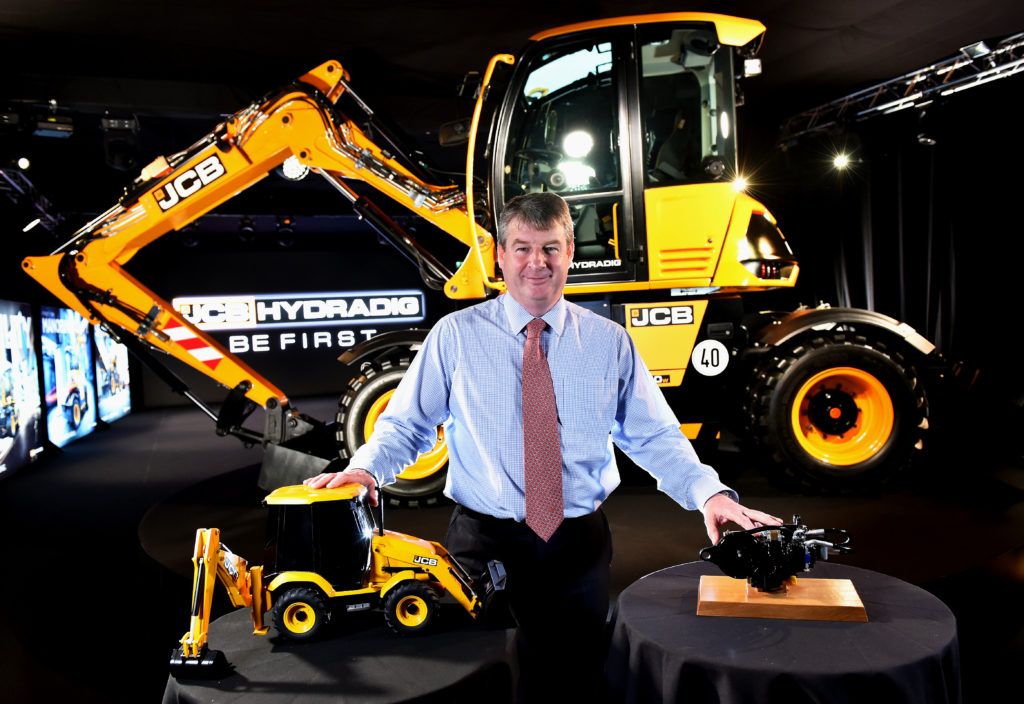As the saying goes, a picture is worth a thousand words. What picture comes to mind on Earth Day? The glowing NASA space view of our planet Earth held in giant hands? A simple tree, an environmental scene, a glass of clear water, or an iconic blue sky with white puffy clouds? Pictures inspire us every day, but on Earth Day (Friday, April 22, 2016) the imagery tells a bigger story.
In our case, a white handkerchief fluttering in the exhaust stream of a new heavy-duty diesel truck under acceleration paints a vivid picture of where we are today. A scientific validation of diesel’s near-zero emissions? No, but for a technology that was long defined as dirty with very visible black smoke emissions, this image symbolically represents just how far we’ve come.
In every sector and application of equipment new technology diesel engines are now near-zero in emissions. From farm tractors to tractor trailers; from backhoes to workboats; from engines less than 25 horsepower (hp) to engines over 1,000hp – clean diesel technology is here, and improving our environment today.
The combination of cleaner diesel fuel, advanced fuel injection and turbocharging emissions control systems like particulate filters and catalysts and selective catalytic reduction (SCR) systems defines the new generation of clean diesel. Over 95% reductions in emissions of particulates and oxides of nitrogen. It is now a clean and proven system, and all new technology engines wear this near-zero emissions very well.
Today over 40% of the commercial heavy-duty truck fleet on the road sports a new technology clean diesel engine, with near-zero particulate emissions. Of that, about 25% are newer than 2010 with even more technology that reduces emissions of nitrogen oxides to near-zero levels. New technology is making a difference. The American Lung Association, in its State of the Air 2016 report, notes that the best progress came in reducing year-round levels of particle pollution . . . thanks to the cleanup of coal-fired power plants and retirement of older diesel engines.
For some, this Earth Day may be more uncomfortable than others. Decisions made about emissions compliance by one diesel car manufacturer and tampering with emissions controls to generate black-smoke by a few owners of diesel pickup trucks have been in the news. These both raise serious questions about the choices made, but not about clean diesel technology.
Looking forward, the future is more than having clean tailpipe emissions. Having low emissions is the ticket to get you in the door. What happens next is up to all of us. The future is all about energy efficiency and reducing greenhouse gas emissions. It’s about using more renewable energy and fuels. It’s also about making sure our economy works. It’s pushing the envelope of energy innovation while embracing the essential availability and provision of power to meet the needs today.
It’s a space that diesel engines immediately feel comfortable and ready to deliver. Being the most energy-efficient internal combustion engine, the diesel is often imitated but never duplicated. The energy density of the fuel and the efficiency of the combustion have made the diesel a viable technology for over 120 years. If your iPhone were powered by diesel, you’d be powered for 10 days instead of the one day on lithium ion batteries.
But it’s what is happening today with diesel technology that is opening new doors to new possibilities that is so exciting. Big data is driving some developments. Bringing fuel and emissions efficiency beyond the engine scale to the machine and jobsite or farm-site scale involves everything from integrating GPS and drone technology to diesel engines talking to each other. When tractor trailers followed each other closely in the past it was called a convoy; today it is called platooning. Trucks talk to each other and take inputs and determine speeds to optimize efficiency and lower emissions. Under the hood of all of this has to be the most reliable and proven fuel-efficient technology, the diesel.
What about electricity? Disruption of the electrical power generating and grid system with fuel diversification is well underway. For some parts of the world, power tomorrow might come from a micro-grid that combines solar and wind energy, battery storage and a backup super clean diesel generator as a backstop for when the sun doesn’t shine or the wind doesn’t blow. Our demand for electricity is rapidly increasing in the internet age and with it a demand for 100% uptime of connected data and communication systems and the internet. Behind every large data center and network is a backstop for the worst case scenario – a loss of grid power. When grid power fails, diesel power is there to quickly start up and handle the full load while consumers and businesses stay connected.
At the end of the day, what if a diesel engine isn’t even running on diesel fuel, but instead running on 100% renewable diesel fuels made from waste oils or other feedstocks? It is the future today for a growing number of fleets in California, USA, as well as for other parts of the world.
So on this 2016 Earth Day, let’s take a moment to celebrate past progress and admire how far we’ve come, but then to roll up our sleeves and know that the challenges to come will be greater, the expectations higher and that the journey must continue.
Diesel Technology Forum members are global leaders in clean diesel technology and represent the three key elements of the modern clean-diesel system: advanced engines, vehicles and equipment; cleaner diesel fuel; and emissions-control systems.
April 25, 2016





